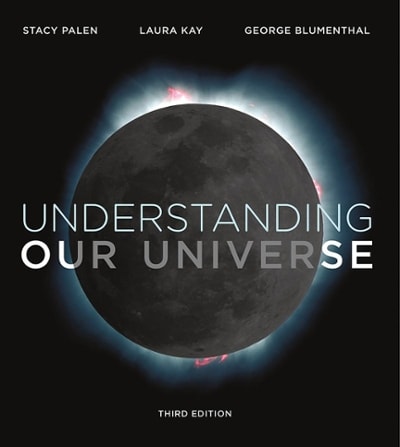need solution
Produce 3 Motion Diagrams with an application of Newton's 2nd Law, followed by an analysis based on work-energy principles: All quantities should be presented as vectors, with clear Eabels and directions. For example: [towards wall] or [away from wail] Significant figures matter for all calculations. 1. Motion diagram when the ball is close to the wallfground but mm the collision: Choose 3 positions based on the frames from the video. The frames don't need to be consecutive but the time intervals should be the same. For example, you can choose every 10th. It is your choice. Recall that At - Hips and this value applies to consecutive frames. If you choose to group 10 frames, then At = 10 x lifps. Most video software on newer phones uses 60 fps, but check your phone to make sure. Make sure you flirn the motion in real-time. You can then use software to view the motion and use the time-stamp for each frame as a guide. Record the positions and calculate the displacement vectors from the positions. Keep your precision consistent. The timestamps for the frames should be indicated next to the positions. Calculate the velocity vectors from the displacement vectors. Calculate the adjustment to velocity vectors from the velocity vectors. Calculate the acceleration vector. Based on the mass of the object and its acceleration, estimate the net force on the object. Draw a FBD of the bait and estimate the resistive forcesiirlctlon and air resistance: If any. Based on the two speeds of the ball, calculate the change in kinetic energy and deduce the total work done on the ball. Based on the algebraic sign of total work, explain what is happening to the ball. Does this result agree with a prediction based on Newton's 2nd Law? Is COE satised? Is the change In potential energy the exact opposite of the change in kinetic energy? If not, what could be an explanation for the difference In their values? If there Is no change in gravitational potential energy, where wouid the change In kinetic energy go? 2. Motion diagram when the bell Ix undergoing the collision: Choose 3 positions based on 3 frames from the video. The first just before collision, the second when the ball has stopped while In contact with the walifground, and the third just after collision. The frames don't need to be consecutive but the time intervals should be the same. Look for the frame where the ball has stopped and then count the same number of frames before and after the collision. Adiust your time interval to take the number of frames Into account. Use the timestamp of the frames to confirm the time intervals. Record the positions and calculate the displacement vectors from the positions. Kt precision consistent. The timestamps for the frames should be Indicated next to the pos. 2/ 3 Calculate the velocity vectors from the displacement vectors. Calculate the adlustment to velocity vectors from the velocity vectors. Calculate the acceleration vector. Based on the mass of the object and its acceleration, estimate the net force on the oblect. Draw a FBD of the ball and estimate the normal force from the wallfground on the ball during the collision. From the speed calculations you have done, is the kinetic energy after the collision the same as the kinetic energy before the collision? If not, explain a likely cause for the difference In the values. Does COE apply? What Is the total work done on the ball? Does the normal force from the walli'ground do 0 work in this case? How much energy is stored in the ball when It Is at rest (while it is in contact?) What type of energy is that and why does it make sense to Ignore the change In gravitational potential energy for that calcuiatlon? 3. Motion diagram when the hall is close to the walligmnti but am: the collision: Choose 3 positions based on the frames from the video. as before. Record the positions and calculate the displacement vectors from the positions. Keep your precision consistent. The timestamps for the frames should be Indicated next to the positions. Calculate the velocity vectors from the displacement vectors. Calculate the adlustment to velocity vectors from the veloclty vectors. Calculate the acceleration vector. Based on the mass of the object and its acceleration, estimate the net force on the oolect. Draw a FBD of the ball and estimate the resistive forcesifrictlon and air resistancei if any. Based on the two speeds of the ball. calculate the change in kinetic energyand deduce the total work done on the ball. Based on the aigebralc sign of total work, explain what is happening to the ball. Does this result agree with a prediction based on Newton's 2nd Law? Is COE satisfied? Is the change In potential energy the exact opposite of the change in kinetic energy? If not, what could be an explanation for the difference In their values? If there Is no change in gravitational potential energy. where would the change in kinetic energy go







